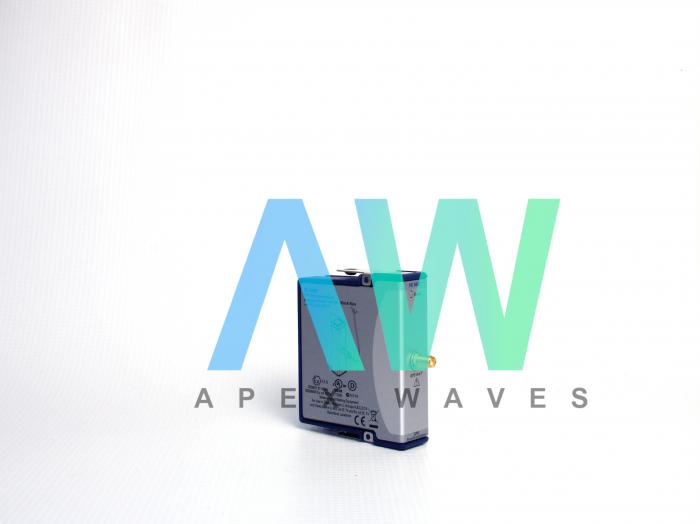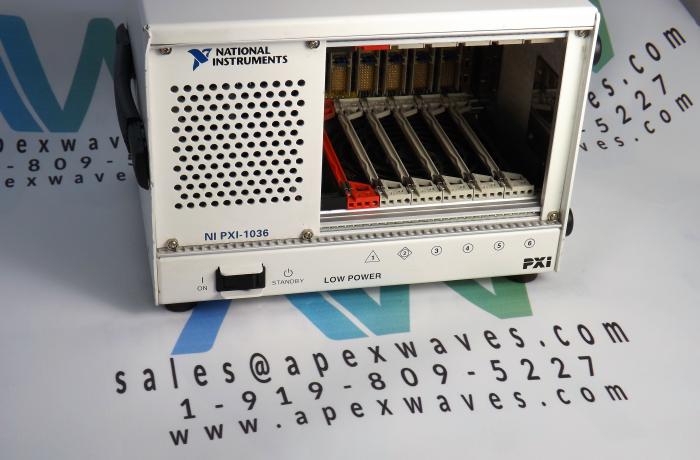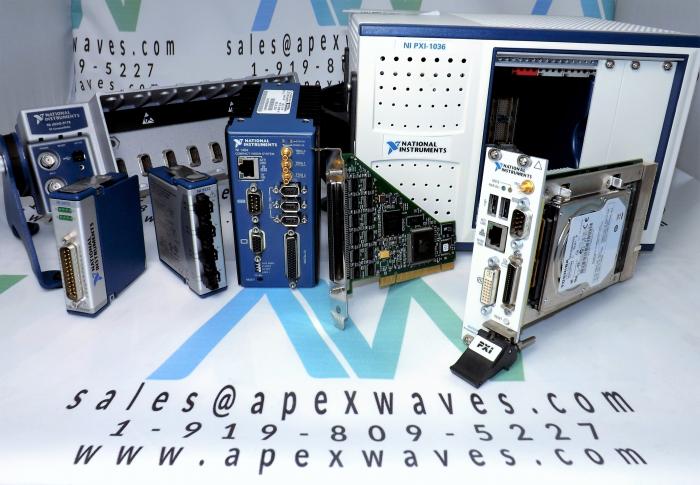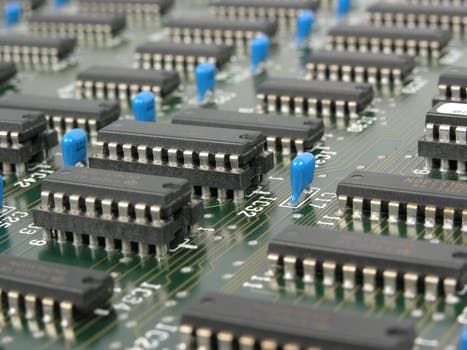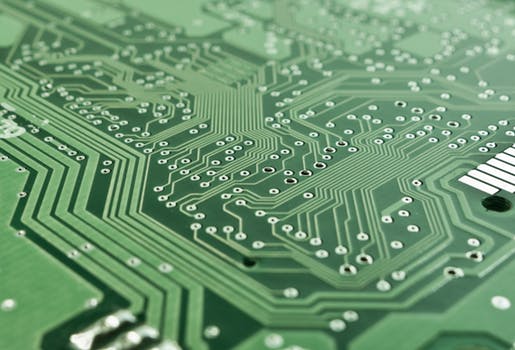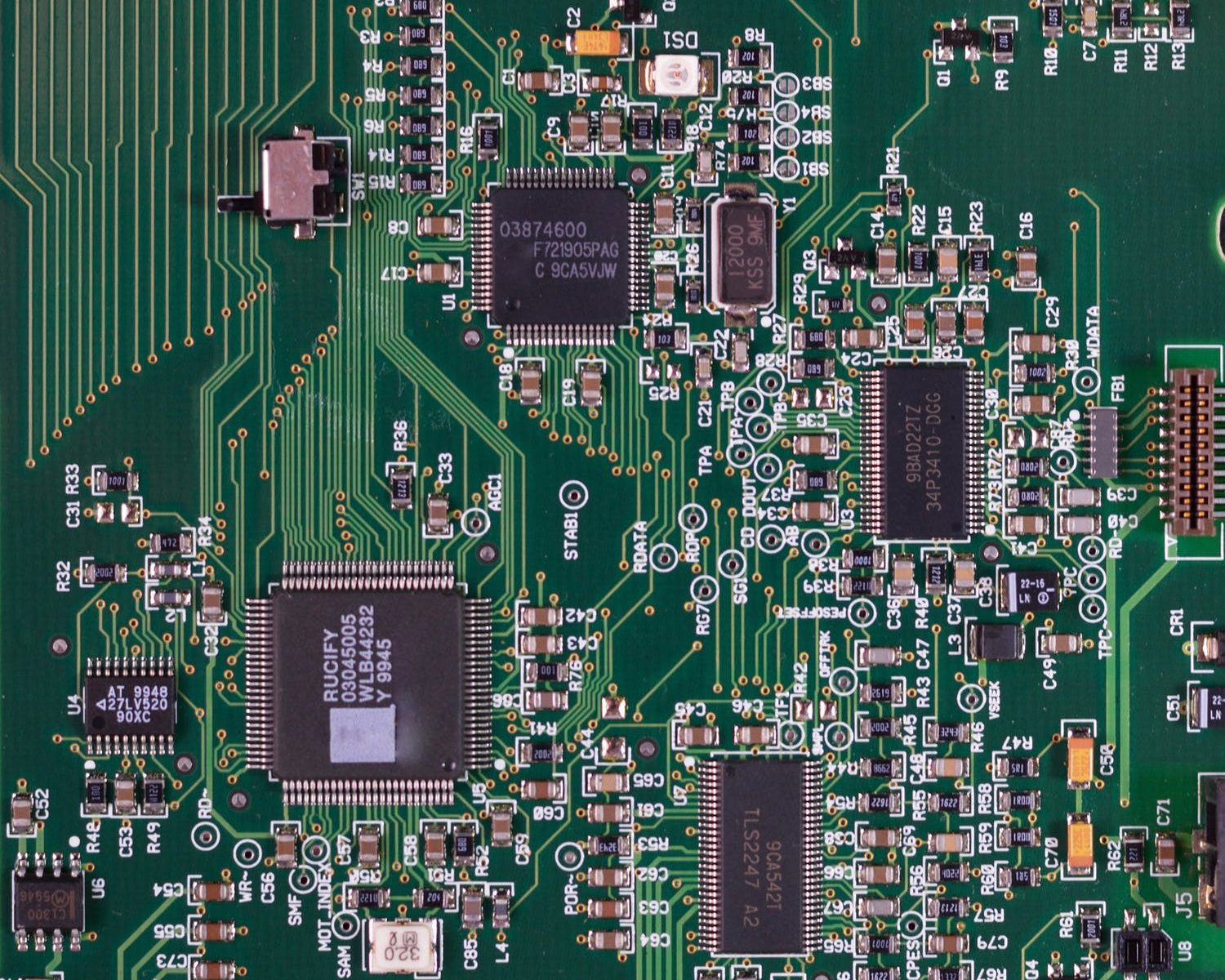The manufacturer National Instruments has numerous series organized by the type of instrument, one of which is the C Series. This series is comprised of Voltage Output Modules, Universal Analog Input Modules, CAN Interface Modules, Digital Modules, Current Output Modules, Counter Input Modules, Temperature Input Modules, Current Input Modules, Digitizer Modules, Voltage and Current Input Modules, Sound and Vibration Input Modules, Strain/Bridge Input Modules, LIN Interface Modules, Voltage Input Modules, Relay Output Modules, and more. It is also worth noting that several specifications for a C Series system are determined by the modules and other specifications are determined by the backplane. Other specifications can even be based on the configuration of the system. The NI C Series is designed for the CompactDAQ and CompactRIO platforms.
National Instruments Data Acquisition (DAQ) Devices
National Instruments manufactures a variety of products, including several types of data acquisition or DAQ devices. These include affordable singular DAQ devices with a minimal channel count, modular DAQ devices with a medium channel count, and modular DAQ systems with a high channel count. These devices are created for several platforms and buses, such as CompactDAQ, CompactRIO, PXI, PXI Express, PCI, and PCI Express. DAQ devices measure an electrical or physical spectacle like the voltage, temperature, current, sound, or pressure via a computer.
Continue reading “National Instruments Data Acquisition (DAQ) Devices”
Evolution and History Of National Instruments
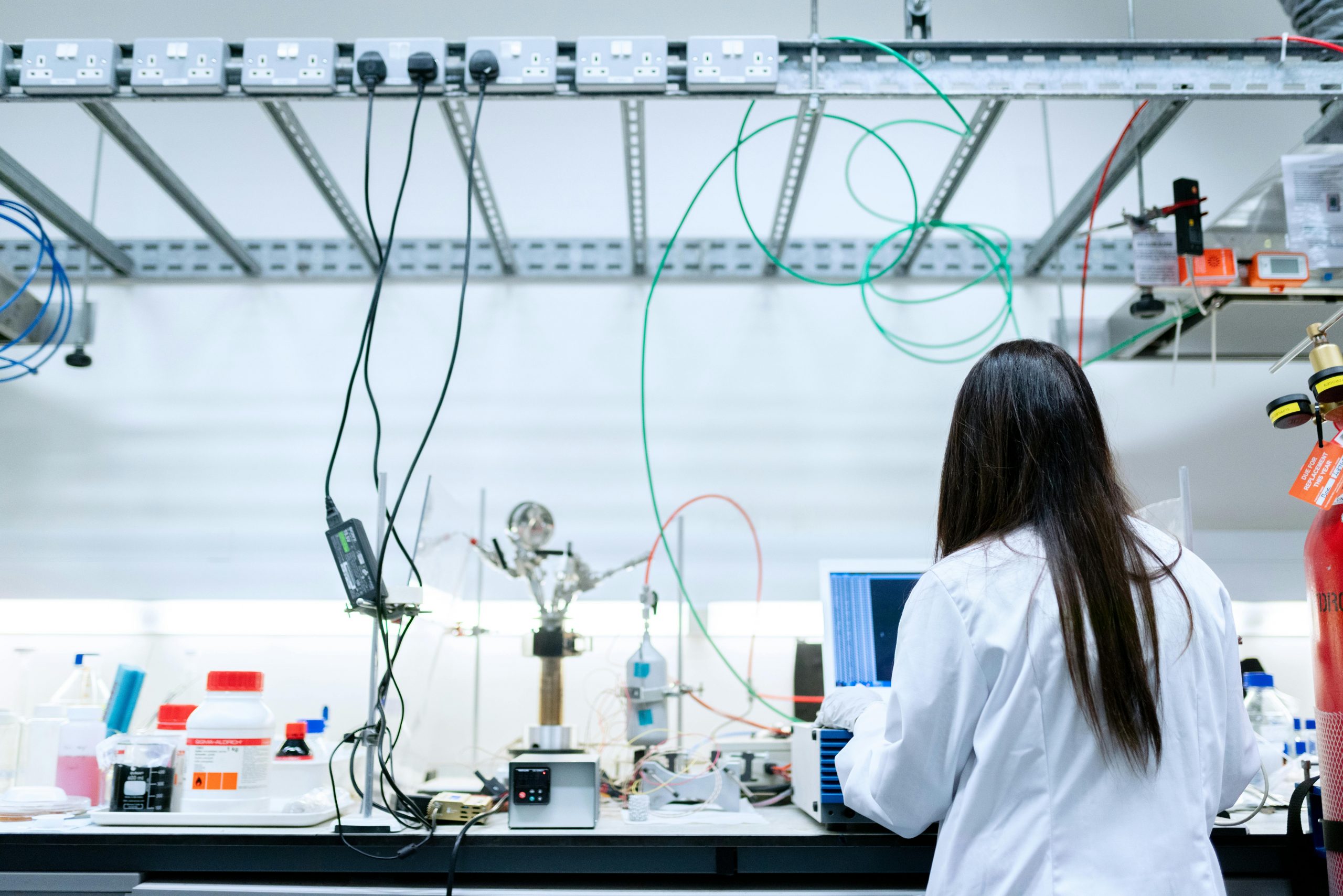
NI’s story is one of persistent dedication to excellence, innovative technology, and unrelenting perseverance, which has led the company from its modest origins in 1976 to its current position as a global leader in engineering innovation. In this article, we will discuss why National Instruments has become one of the most relied-on and heavily respected manufacturers for professionals all over the world.
Continue reading “Evolution and History Of National Instruments”All About Digital Circuits
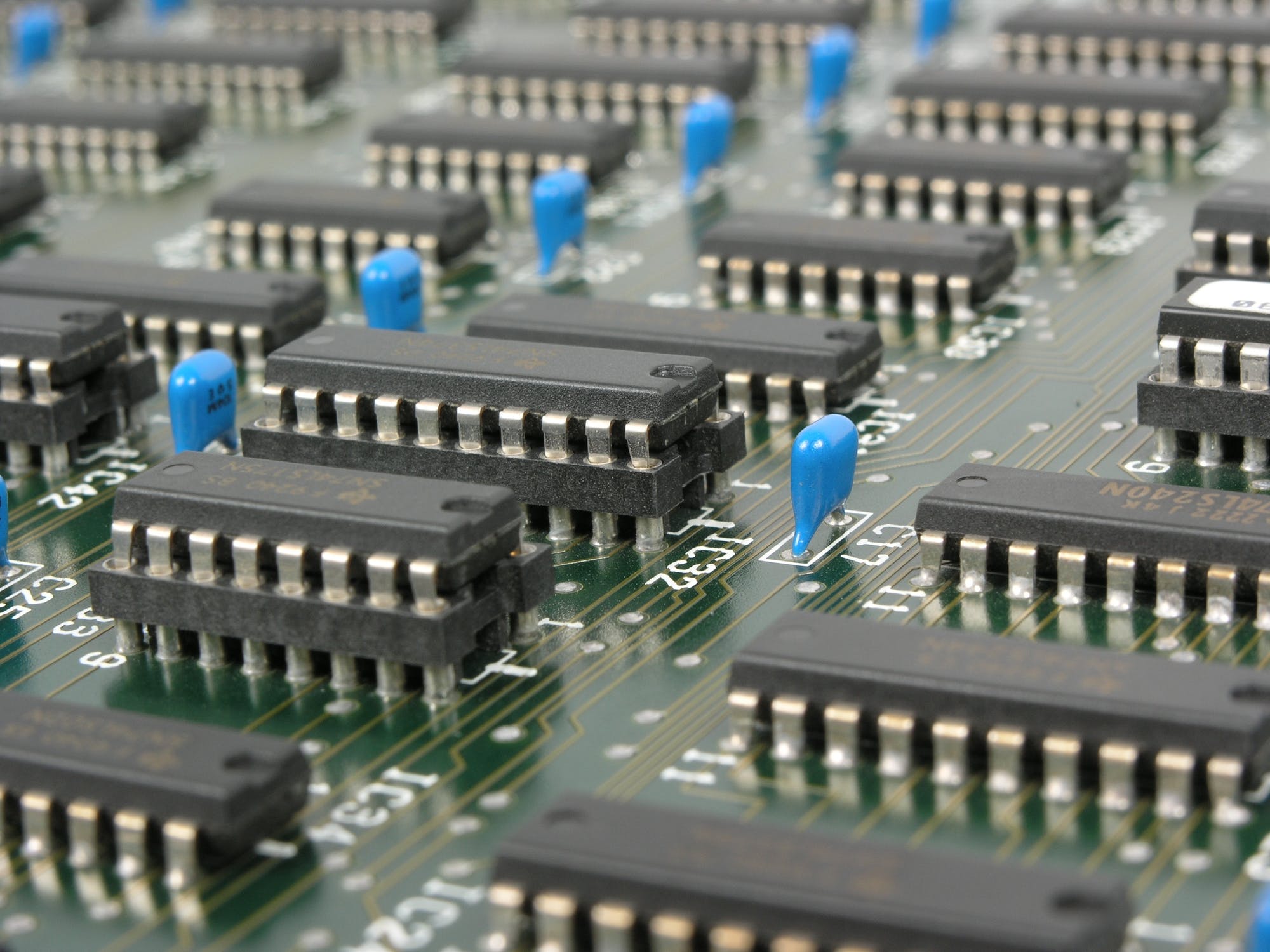
In the ever-changing field of electronic instrumentation, practicality and precision come together to show the paths taken by circuitry and systems. Input networks, amplifiers, op-amps, pulse generators, and oscillators—all fundamental components defining the essence of contemporary electronics—will be covered in this article.
Continue reading “All About Digital Circuits”Your Guide to Component Testers
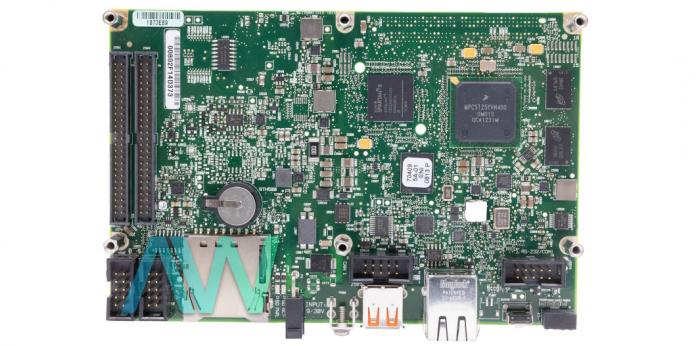
Troubleshooting faulty components can be a daunting task without the right equipment. That’s where component testers come in. These indispensable devices are designed to accurately measure and evaluate electronic components such as resistors, capacitors, diodes, transistors, and more.
In this guide, we will discuss the different types of component testers along with their functionality, applications, and key features.
Introduction to Analog Meters

The analog meter, a classic measurement instrument, has long been the cornerstone of many sectors, including electrical engineering and mechanical diagnostics. Measuring physical values such as voltage, current, temperature, pressure, and more is the main use of an analog meter. Unlike their digital counterparts, analog meters use a moving needle or dial along a scale to provide a rapid and simple visual representation of data.
Ultimate Resistance Testing Guide
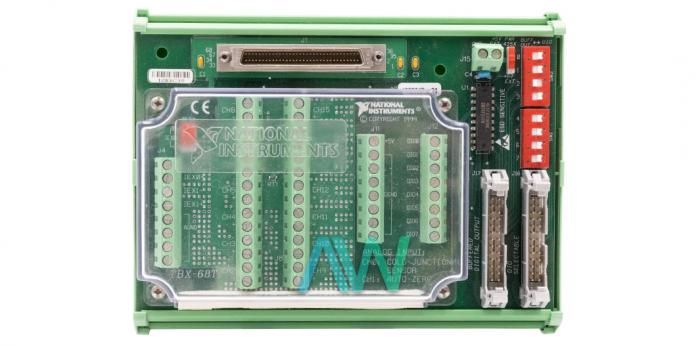
Welcome to the “Ultimate Resistance Testing Guide,” where we’ll dive into the complexities of resistance testing with a streamlined process.
Resistance tests differ from voltage and current tests; they typically involve turning off the equipment and disconnecting its components to guarantee precise measurements. Come along as we examine the several types of resistance tests and discuss the fundamentals of this essential area of electrical testing.
